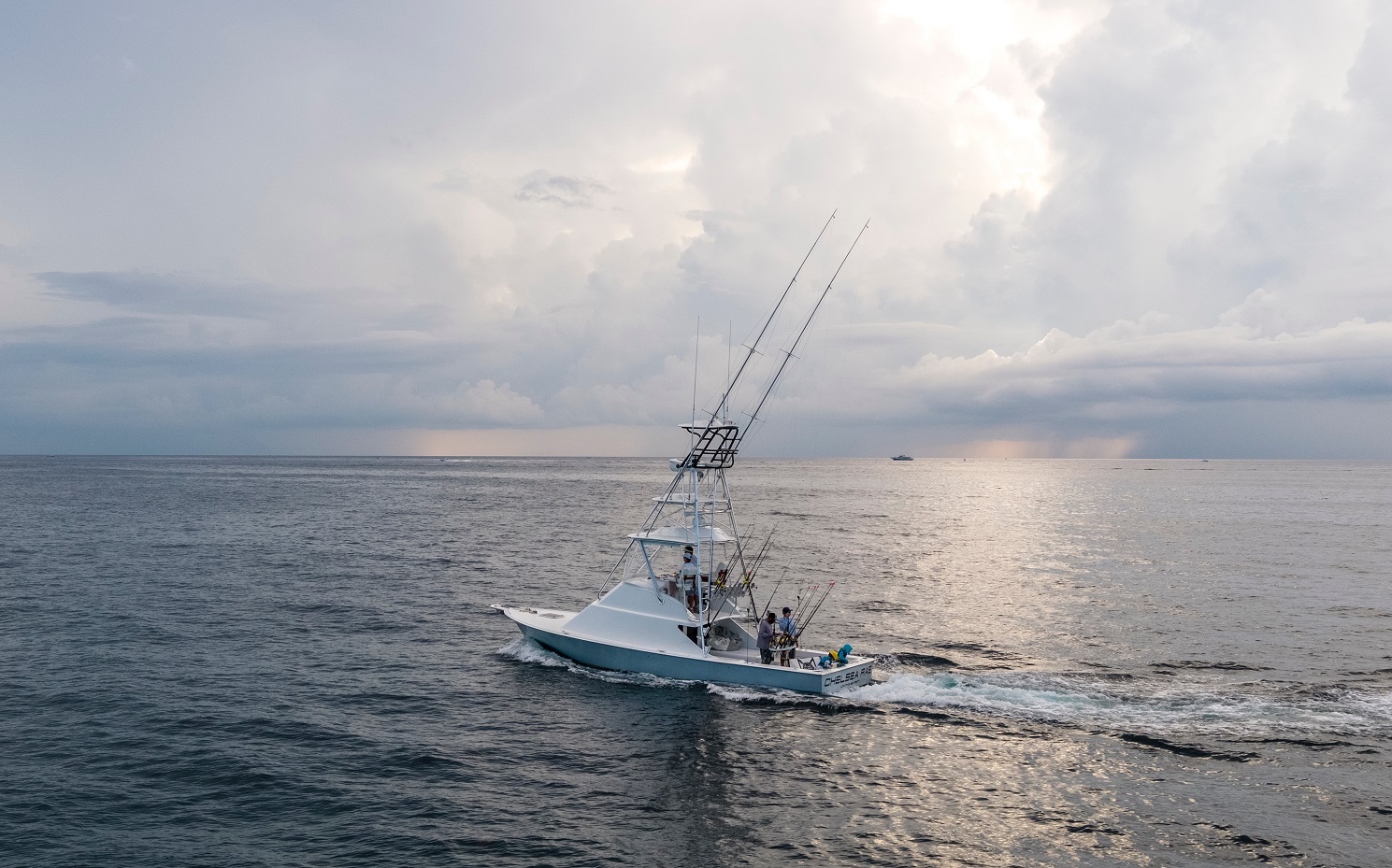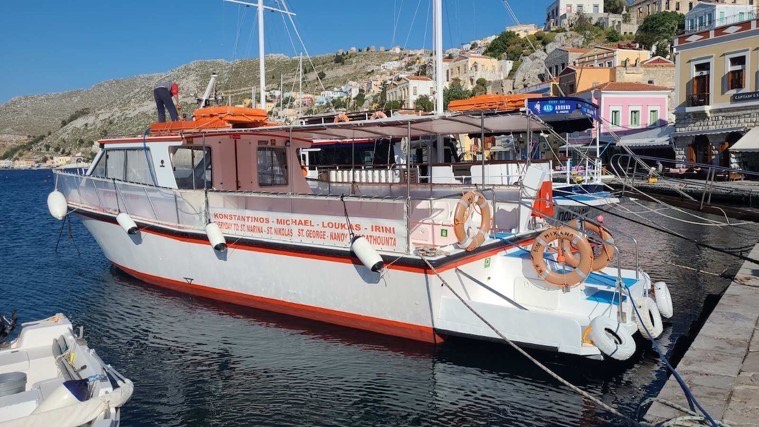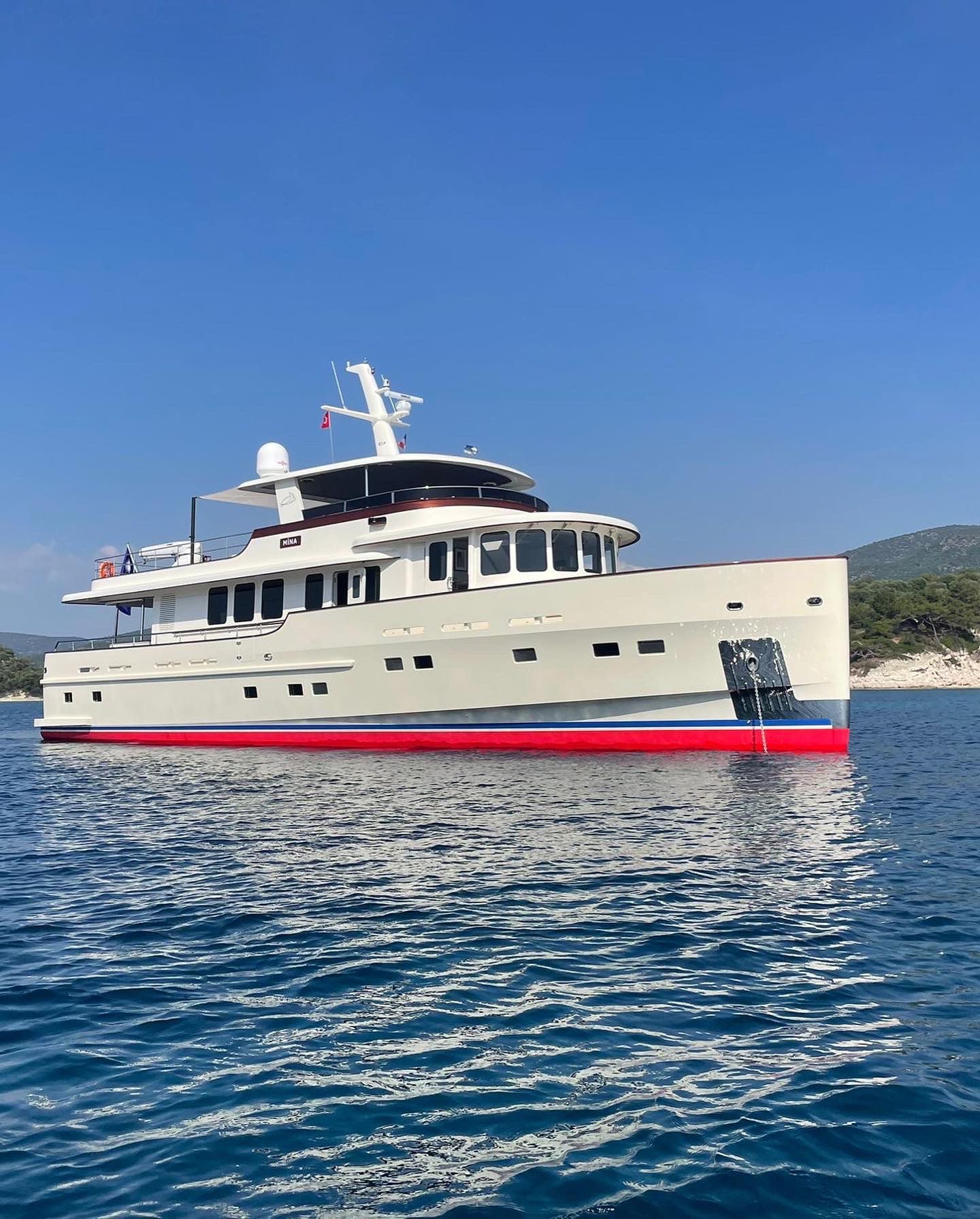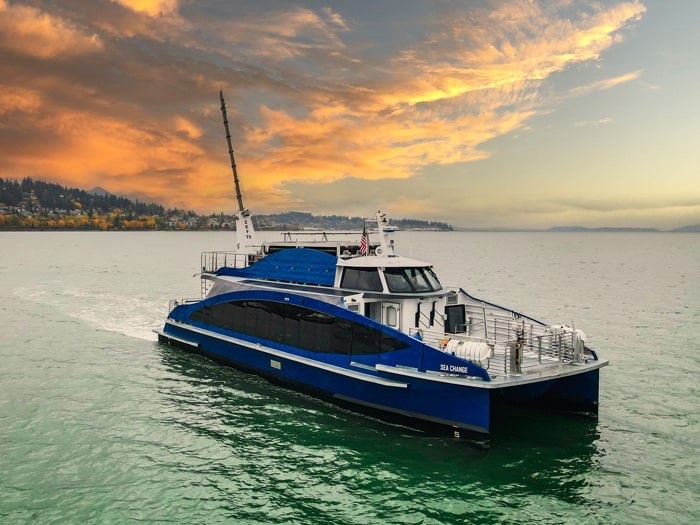
Cummins fuel cells equip world’s first commercial hydrogen fuel cell passenger ferry
The only emission associated with Sea Change, the world’s first commercial hydrogen fuel cell passenger ferry, is pure (drinkable) water, produced from the fuel cells.
Built by All American Marine, the 21-meter, 75-passenger vessel is zero-emissions, hydrogen fuel-cell powered electric-drive ferry. Owned by SWITCH Maritime, Sea Change will operate in the San Francisco Bay Area.
Developed and constructed to demonstrate a pathway to commercialization for zero-emissions hydrogen fuel cell marine technologies, the ferry was designed by Incat Crowther.
Making hydrogen propulsion successful hinged upon designing the physical form and size of the hydrogen system to accommodate the packaging of the vessel while navigating the regulatory parameters the first USCG-approved commercial hydrogen vessel, whose engineering prowess is complemented by vast experience with regulatory bodies and communicating and resolving challenges to ensure vessel safety risks and passenger accommodation.
As alternative propulsion technologies emerge, optimizing energy usage is paramount. With a renewed focus on efficiency, the future of propulsion goes well beyond just the propulsion machinery that’s actually bolted into the vessel. The holistic efficiency challenge includes streamlined vessel packaging, a robust, but lightweight structure and an optimized hull shape.
Sea Change is creating its own legacy, as the advantages of this vessel exceed its own footprint. By demonstrating the viability of this hydrogen fuel cell, Sea Change proves the feasibility of future zero-emissions vessel in the commercial marine market.
The vessel is equipped with a hydrogen fuel cell power package provided by Zero Emissions Industries with Cummins 360 kW fuel cells and Hexagon hydrogen storage tanks.
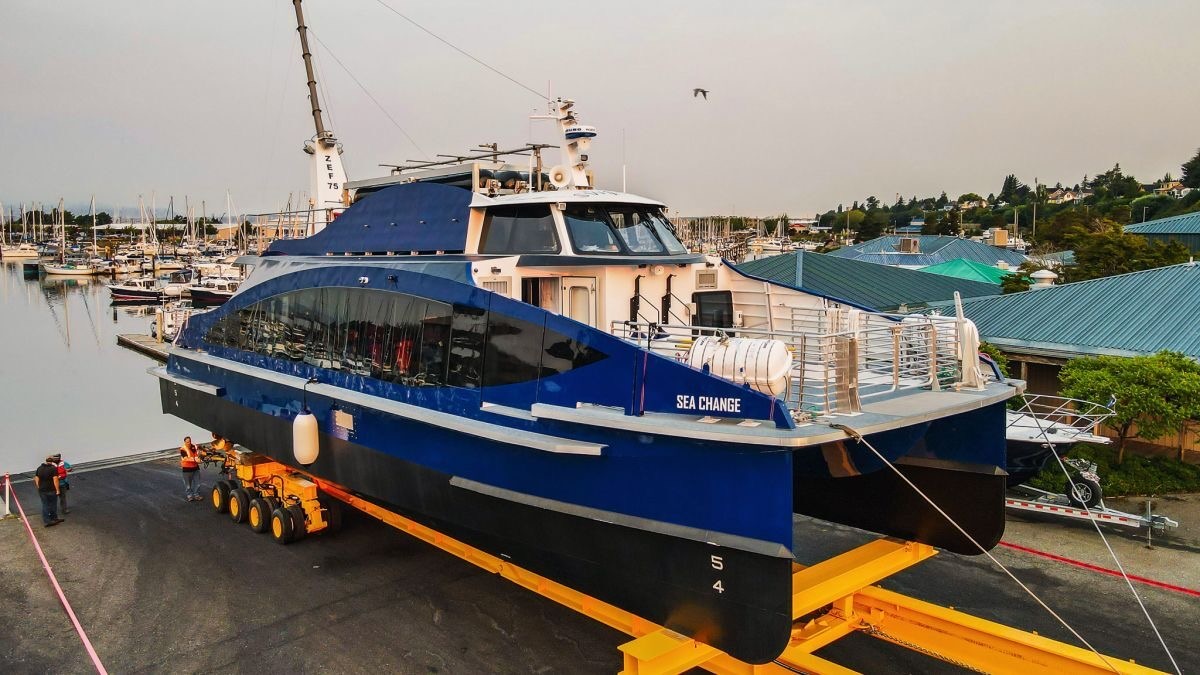
The hydrogen fuel cell powertrain system affords the same operational flexibility as diesel with zero emissions and less maintenance. This system is integrated with a XALT 100 kWh lithium-ion battery and two BAE Systems 300-kW electric propulsion systems. Hornblower Group led construction supervision and management.
Sea Change received significant grants, funding and municipal support from various California air and climate resource boards. Private capital from SWITCH, an impact investment platform building the first fleet of exclusively zero-carbon maritime vessels. Working with existing ferry owners and operators to facilitate adoption of zero-carbon vessels, SWITCH aims to accelerate the decarbonization and energy transition of the US maritime sector by replacing an aging fleet of diesel-powered vessels with hydrogen fuel cells.
As hydrogen becomes more sustainable to produce with market adaptation in a variety of industries, its potential advantages are being articulated, including more power than electric or even hybrid electric, all things being equal. With Sea Change leapfrogging hybrid electric and electric in the maritime industry, the only output is distilled hot water.
Vessel fueling is similar to a small LNG operation. A tanker truck of compressed hydrogen is delivered to the docked vessel, negating the need for electric charging stations or additional infrastructure.
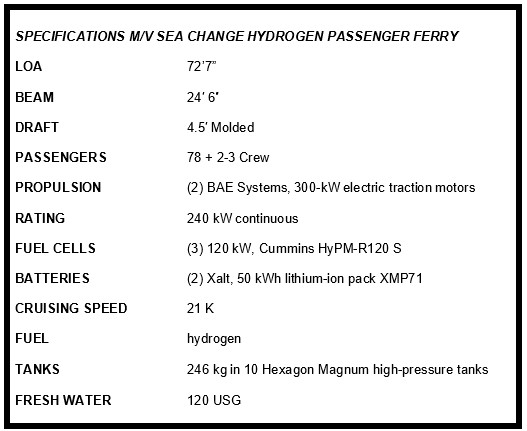
About Accelera:
Accelera by Cummins provides a diverse portfolio of zero-emissions solutions for the world’s most economically vital industries, empowering them to accelerate the transition to a sustainable future. As a business segment of Cummins Inc., Accelera is both a components supplier and integrator, focused on batteries, hydrogen fuel cells, e-axles, traction drive and electrolyzers. Accelera currently has operations in North America, across Europe and in China, with additional joint ventures that operate in the Netherlands and China. Visit our website to learn more.
Trophy fish are measured by weight and length at the dock. They almost always exceed the size of the angler reeling them in. The exception would be M/V Chelsea ...
Greek passenger vessel repowers with Cummins. Cruising to Symi on a water taxi is more than a boat ride across the Aegean Sea. Departing the eastern sh...
Crews with no choice but to head out to sea in rough weather conditions rely on trawlers' inherently robust, stout design based on the DNA of highly capable fis...
